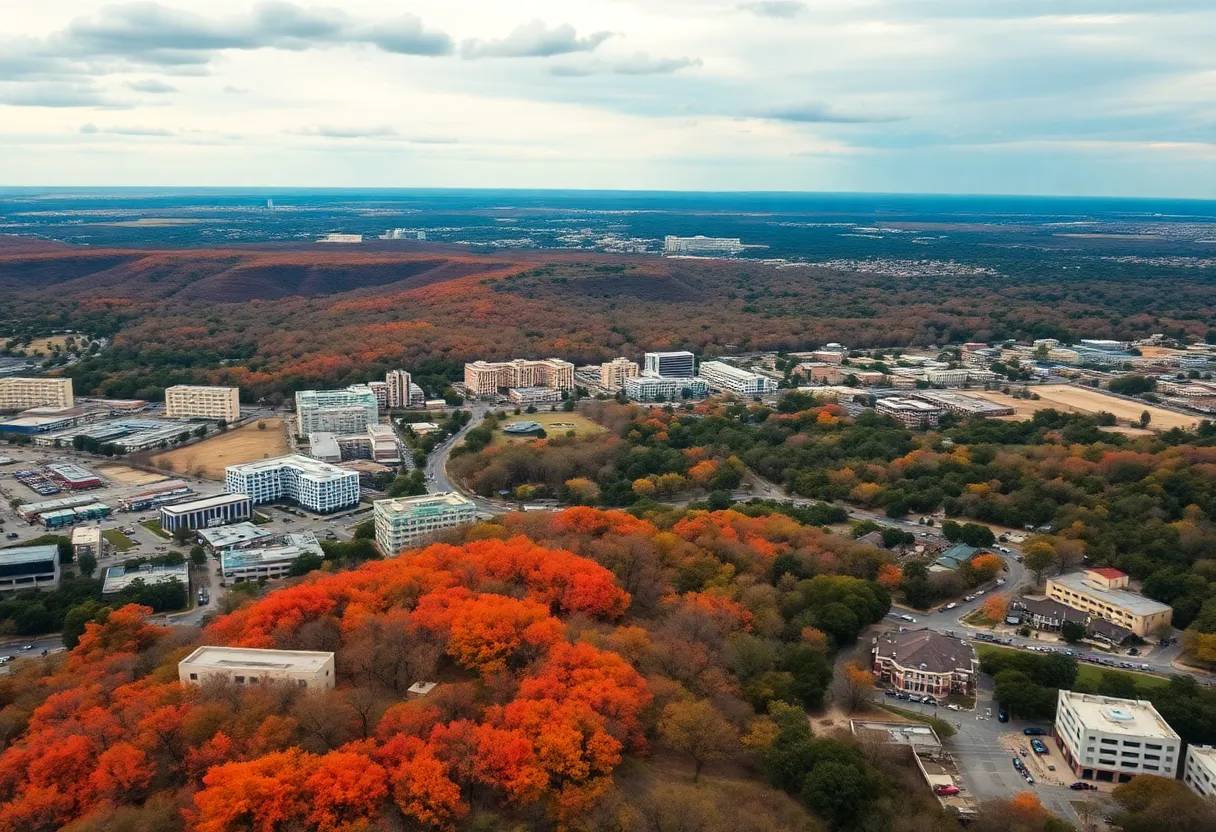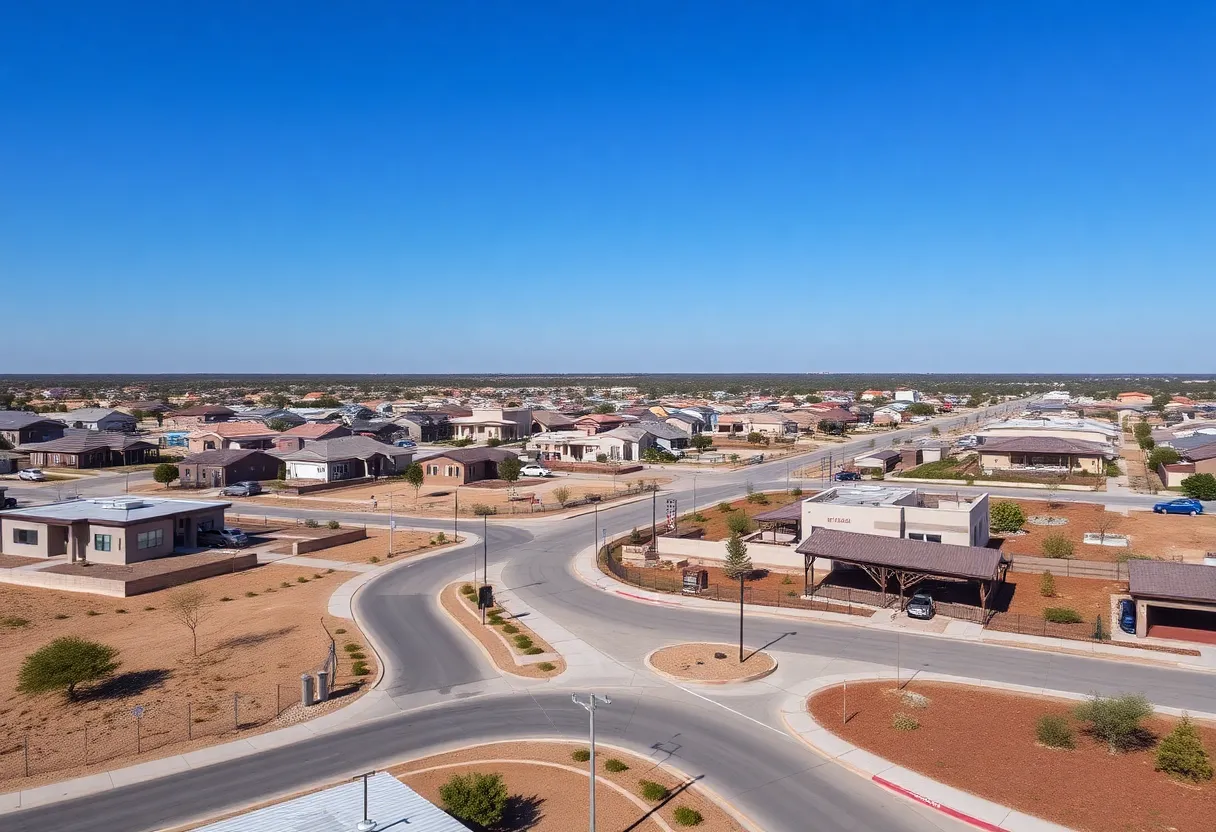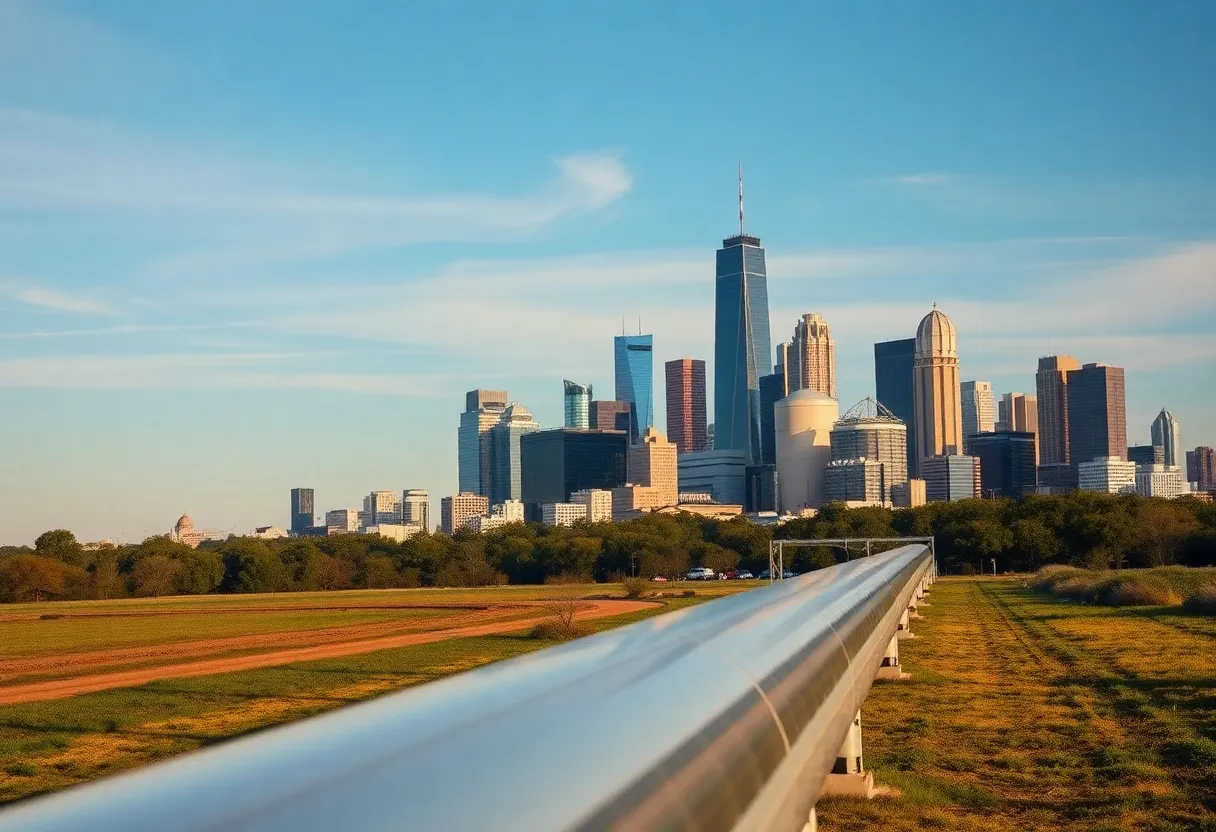News Summary
Austin has been ranked as the fifth city in the U.S. most at risk for wildfires, according to a recent CoreLogic report. The city’s vulnerability is attributed to its wildland-urban interface, ongoing drought conditions, and strong winds. Firefighters face challenges managing multiple smaller fires, while residents are encouraged to create defensible spaces around their homes. The Austin Fire Department is enhancing wildfire detection technology to help combat this issue. It’s crucial for residents to stay informed and prepared to protect their homes and loved ones.
Austin Faces Wildfire Risk: What You Need to Know
Hey folks, have you heard the news? Austin has recently been ranked as the fifth city in the U.S. most at risk for wildfires! That’s right, according to a CoreLogic Wildfire Risk Report from 2024, our lovely city is not alone in facing this risk, as the top four cities are all located in California. But, before you start getting worried, let’s dive into what this means for our community and how we can stay safe.
Understanding Wildfire Risk in Austin
On February 19, a senior wildfire mitigation specialist from the Austin Fire Department took the stage before the Environmental Commission to shed light on this pressing issue. So, what makes Austin particularly susceptible to wildfires? One primary factor is the presence of what’s called the wildland-urban interface (WUI). This zone is where unoccupied land meets human development, and in Austin, it spans about 650 miles. That’s a hefty patch contributing to our wildfire risk!
Here’s the kicker: wildfires aren’t just about big flames and raging infernos. In Austin, instead of massive fire fronts like those seen in California, we often experience several smaller fires ignited by embers. Yes, those pesky little embers can travel up to a mile and a half from their source, making it harder for firefighters to keep things under control in urban areas.
When Drought and Winds Create Challenges
So, what fuels this wildfire risk? A combination of ongoing drought conditions, sizzling high temperatures, and gusty winds. Droughts lead to reduced soil and live fuel moisture, while winds can accelerate the spread of wildfires. Unfortunately, Austin’s fire experts are no strangers to this scenario, as wildfires are reported hundreds of times a year! Just last year, we witnessed the notable Parmer Lane Fire, which affected a whopping 37 acres in East Austin.
Fire Department’s Daring Efforts
Now, you might be wondering about how ready our firefighting heroes are. The Austin Fire Department operates a fleet of 54 fire trucks. However, here’s a surprising fact: even a single house fire requires four trucks to tackle effectively! When multiple small wildfires pop up, first responders may have to triage their response effort due to limited resources. Not the easiest of jobs, right?
How Can Residents Protect Themselves?
But fear not; there are steps you can take to safeguard your home. Residents are encouraged to create defensible spaces around their houses. This means utilizing ember-resistant materials, practicing effective landscaping, and maintaining well-thought-out evacuation plans. Since a new code was adopted in 2020 requiring homes in WUI areas to use fire-resistant materials, around 5,000 structures are now built to these wildfire safety standards!
For those looking for an extra layer of assurance, the Austin Fire Department offers free structural evaluations. After various recent fires in the LA area, there have been more than 70 requests for wildfire risk evaluations right here in Austin. It’s an excellent move to stay ahead of potential dangers.
Tech on the Frontlines
Also on the tech front, a contract approved in October 2023 is set to enhance early wildfire detection around Austin. Thanks to ultra-high-definition cameras along with sophisticated AI technology, this new system can monitor activities within a ten-mile radius and help in identifying fire incidents. Talk about using tech for good!
Wrapping Up: Stay Informed and Prepared
As Austinites, it’s vital to stay informed and prepared for wildfire risks. While we might be at risk, with the right knowledge and community efforts, we can help protect our homes and loved ones. Remember, safety starts at home, so let’s all do our part in keeping Austin safe!
Deeper Dive: News & Info About This Topic
HERE Resources
Southern California Faces Severe Storm and Flooding
Southern California Braces for Severe Storms and Mudslide Threats
Austin Seeps Under Heavy Rainfall and Flood Warnings
Kamala Harris Tours Wildfire-Affected Pacific Palisades
Early Morning Fire Alarm at Austin Apartment Complex
Austin City Council Evaluates Wildfire Prevention Funding
Palisades and Eaton Fires Leave Lasting Impact in Los Angeles
Southern California Braces for Much-Needed Rain
Welcome Rainfall on the Horizon for Southern California
Central Texas Schools Cancel Classes Due to Winter Weather
Additional Resources
- KXAN: Austin Metro Ranks Among Highest Wildfire Risk in U.S.
- Wikipedia: Wildfire Risk
- Texas Monthly: Los Angeles Wildfires – Austin Could Be Next
- Google Search: Austin Wildfire Risk
- Austin Monitor: Austin Ranks 5th in Major Cities Vulnerable to Wildfires
- Google Scholar: Austin Wildfire Research
- Austin Monitor: Austin Ranks Fifth in Nation for Cities Most at Risk for Wildfires
- Encyclopedia Britannica: Wildfire
- KVUE: Austin Texas Wildfire Risk and Damage Report
- Google News: Austin Wildfire News








